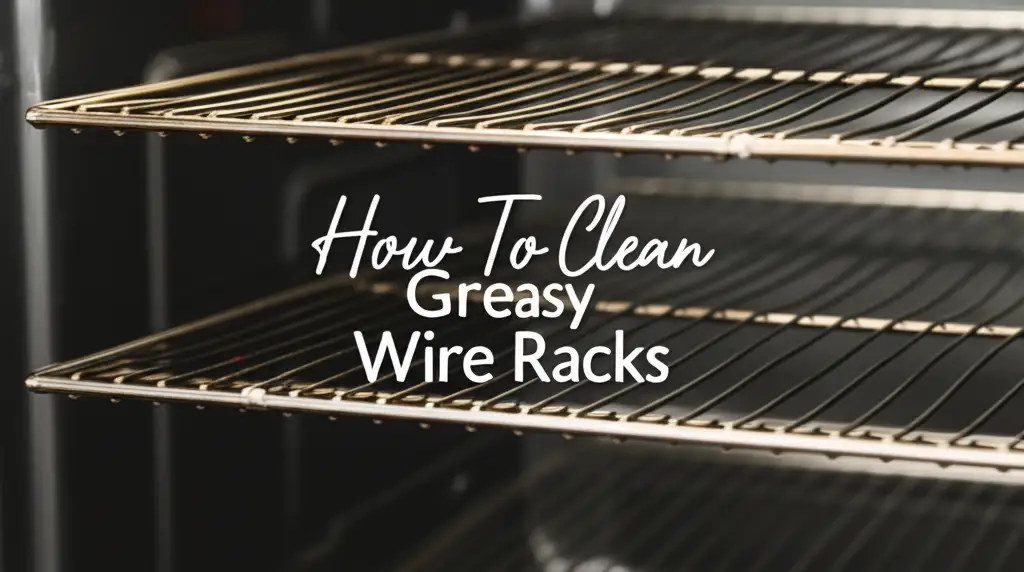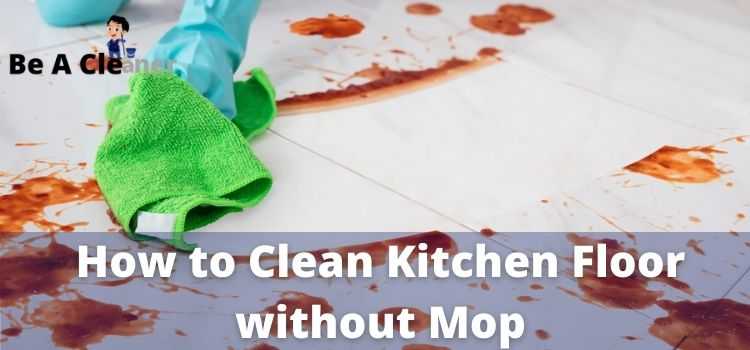· Kitchen Cleaning · 6 min read
How to Clean Black Cabinets

Keeping Your Kitchen Sleek: How to Clean Black Cabinets
Black cabinets are a stylish choice for any kitchen, offering a modern and sophisticated look. However, they do show dust, fingerprints, and grime more readily than lighter colors. Don’t worry, though! Maintaining their beauty doesn’t have to be a chore. This article will guide you through everything you need to know about how to clean black cabinets, from quick daily maintenance to tackling stubborn messes. We’ll cover the best cleaning solutions, techniques, and preventative measures to keep your kitchen looking its best.
Takeaway:
- Regular dusting prevents buildup.
- Mild dish soap and warm water are often sufficient.
- Avoid abrasive cleaners that can damage the finish.
- Dry cabinets thoroughly to prevent water spots.
Quick Answer:
To clean black cabinets effectively, use a mixture of warm water and mild dish soap. Gently wipe down the surfaces with a soft microfiber cloth, rinse with clean water, and dry immediately to avoid streaks. Avoid harsh chemicals and abrasive scrubbers to protect the cabinet finish.
Understanding Your Cabinet Finish
Before you start cleaning, it’s important to know what your black cabinets are made of. Different materials require different cleaning approaches. Knowing your cabinet’s finish will help you avoid damage and ensure a lasting shine.
- Laminate: This is a common, durable option. It’s relatively easy to clean and can withstand mild cleaning solutions.
- Wood (Painted): Painted wood cabinets require a bit more care. Avoid excessive moisture, as it can cause the paint to blister.
- Wood (Stained): Stained wood showcases the natural grain. Use cleaners specifically designed for wood to preserve the finish.
- Acrylic: Acrylic cabinets have a high-gloss finish. They are prone to showing fingerprints, but are easy to wipe clean.
Daily & Weekly Maintenance for Black Cabinets
Consistent, light cleaning is the key to keeping your black cabinets looking pristine. A little effort each day or week will prevent grime from building up and becoming difficult to remove. This proactive approach saves you time and effort in the long run.
- Daily Wipe-Down: Use a soft, dry microfiber cloth to wipe down cabinet doors and handles daily. This removes dust and fingerprints before they become noticeable.
- Weekly Cleaning: Mix a few drops of mild dish soap with warm water. Dip a clean microfiber cloth into the solution, wring it out well, and gently wipe down all cabinet surfaces.
- Handle Hygiene: Kitchen cabinet handles are magnets for germs and grime. Regularly disinfect them with a cleaning wipe or a solution of rubbing alcohol and water. You can also find helpful tips on how to clean metal handles on kitchen cabinets for specific metal types.
Tackling Grease and Splatters
The kitchen is a hub of activity, and grease and splatters are inevitable. Fortunately, you can easily remove these messes with the right techniques. Addressing these spills promptly prevents them from becoming stubborn stains.
- Warm Soapy Water: For fresh grease splatters, warm soapy water is often enough. Apply the solution with a soft cloth and gently wipe away the mess.
- Baking Soda Paste: For more stubborn grease, create a paste of baking soda and water. Apply the paste to the affected area, let it sit for a few minutes, and then gently scrub with a soft cloth.
- Vinegar Solution: A solution of equal parts white vinegar and water can also cut through grease. Be sure to test this solution in an inconspicuous area first, as vinegar can damage some finishes.
- Dealing with Sticky Residue: If you’re struggling with sticky residue, consider the advice in this article on how to get greasy fingerprints off kitchen cabinets.
Choosing the Right Cleaning Products
Selecting the right cleaning products is crucial for protecting your black cabinets. Harsh chemicals can strip the finish, leaving them dull and damaged. Always opt for gentle, non-abrasive cleaners.
- Dish Soap: Mild dish soap is a versatile cleaner that’s safe for most cabinet finishes.
- White Vinegar: A natural disinfectant and degreaser, vinegar is a great option for cleaning cabinets.
- Baking Soda: A gentle abrasive, baking soda can help remove stubborn stains.
- Commercial Cabinet Cleaners: If you prefer a commercial cleaner, choose one specifically designed for your cabinet finish. Always read the label carefully and follow the instructions.
- Avoid: Abrasive cleaners, bleach, ammonia, and scouring pads. These can scratch and damage the cabinet surface. If you are planning to repaint, you may want to read this article on how to clean kitchen cabinets before painting.
Protecting Your Cabinet Finish
Prevention is always better than cure. Taking a few simple steps can help protect your black cabinets and keep them looking their best for years to come. These steps will minimize the need for harsh cleaning and maintain the sleek appearance of your kitchen.
- Use Placemats and Coasters: Protect cabinet surfaces from spills and scratches by using placemats and coasters.
- Ventilate Your Kitchen: Proper ventilation helps reduce grease buildup. Use your range hood while cooking.
- Wipe Up Spills Immediately: Don’t let spills sit and stain. Wipe them up as soon as they happen.
- Consider Cabinet Protectors: For high-traffic areas, consider using cabinet protectors or films to shield the surface from scratches and wear.
- Regular Polishing: For wood cabinets, regular polishing can help maintain the finish and protect against moisture.
Dealing with Specific Cabinet Issues
Sometimes, you’ll encounter specific cleaning challenges. Here’s how to tackle some common issues. Knowing how to address these problems will keep your cabinets looking their best.
- Water Spots: Dry cabinets immediately after cleaning to prevent water spots. If water spots do appear, wipe them away with a solution of vinegar and water.
- Streaks: Streaks are often caused by using too much cleaning solution or not drying the cabinets properly. Use a clean, dry microfiber cloth to buff away streaks.
- Scratches: Minor scratches can sometimes be buffed out with a furniture polish. For deeper scratches, you may need to consult a professional.
- Faded Finish: If your cabinets are looking faded, consider using a cabinet restorer or refinisher.
Frequently Asked Questions
Q: Can I use all-purpose cleaner on black cabinets?
A: While some all-purpose cleaners may be safe, it’s best to avoid them. Many contain harsh chemicals that can damage the finish. Stick to mild dish soap and water or cleaners specifically designed for cabinets.
Q: How often should I deep clean my black cabinets?
A: A deep clean, including cleaning inside the cabinets, should be done every 6-12 months. Regular weekly cleaning will minimize the need for frequent deep cleans.
Q: What’s the best way to clean black laminate cabinets?
A: Laminate is durable, so a mixture of warm water and mild dish soap works well. Avoid abrasive cleaners and always dry thoroughly.
Q: Will vinegar damage my black cabinets?
A: Vinegar is generally safe, but always test it in an inconspicuous area first. Dilute it with water and avoid using it on delicate finishes.
Q: How do I remove stubborn stains from painted black cabinets?
A: Try a baking soda paste or a specialized cabinet cleaner. Gently scrub the stain and rinse thoroughly.
Conclusion
Cleaning black cabinets doesn’t have to be a daunting task. By following these simple tips and techniques, you can keep your kitchen looking sleek and stylish for years to come. Remember that regular maintenance, gentle cleaning solutions, and preventative measures are key to preserving the beauty of your black cabinets. So, embrace the elegance of your dark cabinetry and enjoy a sparkling clean kitchen! Don’t hesitate to explore other cleaning guides on our site, like how to clean white cabinets, to expand your cleaning knowledge.
- black cabinets
- kitchen cleaning
- cabinet care
- cleaning tips




